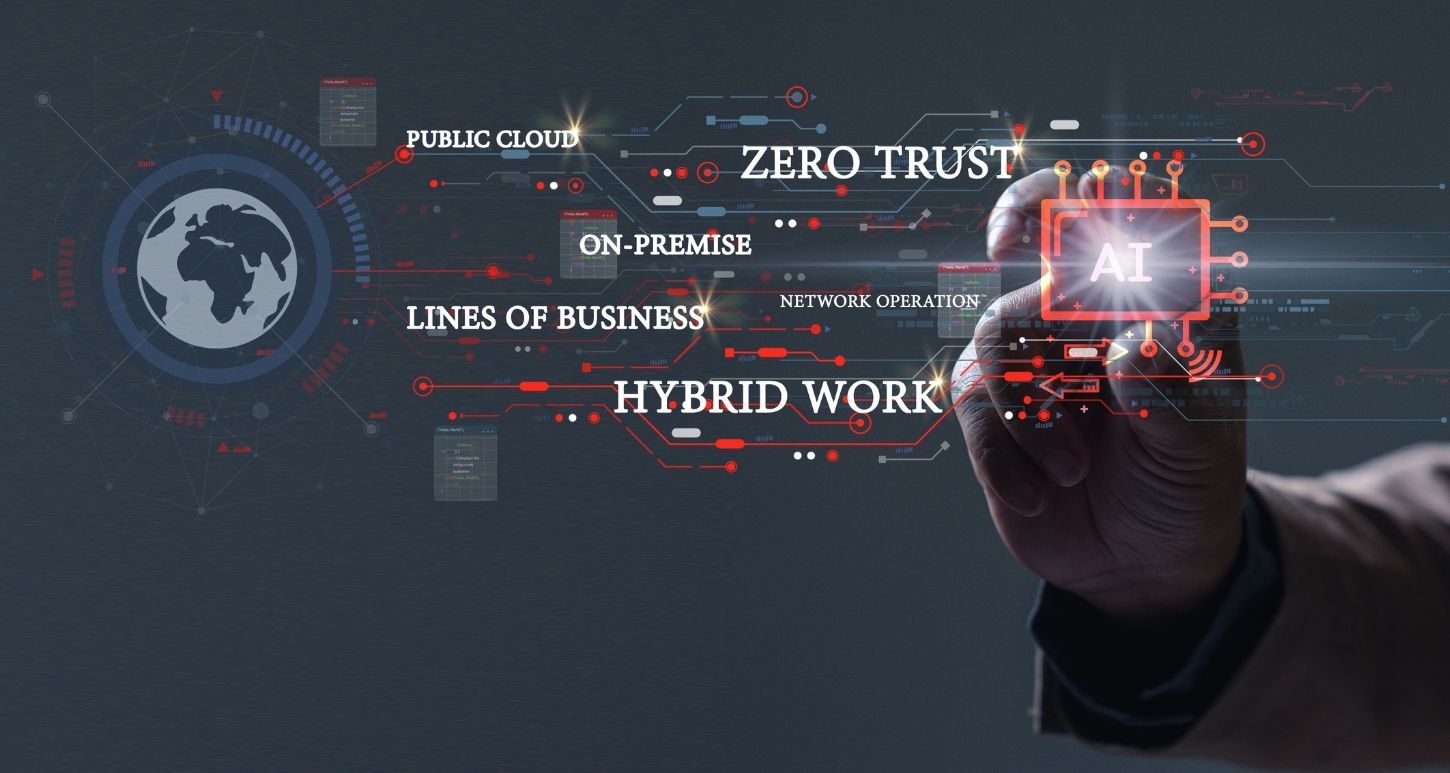According to an IDC report that was released in 2017, it was predicted the SD-WAN market would grow from a then $700M to over $8B by 2021. They’ve revised that figure. Now it’s over $9B.
SD-WAN is often, yet incorrectly, referred to as WAN Optimization, but that’s actually a perfect way to describe what SD-WAN delivers. The sundry WAN solutions of the past twenty-five (25) years―X.25, private lines (T1s/DS3s) and frame relay―gave way to Multi-Protocol Label Switching (MPLS) in the early 2000’s.
MPLS moved from frame relay’s Committed Information Rate (CIR)―a throughput guarantee―and offered Quality of Service (QOS), which allows customers to prioritize time sensitive traffic, such as voice and video. MPLS has been the primary means of WAN transport over the last fifteen (15) years, but SD-WAN provides enterprises and service providers tremendous benefits above and beyond MPLS, including the following:
Easier turn-up of new locations
With MPLS, as with any transport technology of the past, turning up a new site or upgrading an existing one is complex and time consuming. Each edge device must be configured separately, and the simplest of changes can take weeks. With SD-WAN, setting up a new location can be provisioned automatically, greatly reducing both time and complexity.
Virtual Path Control
SD-WAN software can direct traffic in a more intelligent, logical manner, and is also, like MPLS, capable of addressing QoS. SD-WAN can detect a path’s degradation and re-route sensitive traffic based on its findings. Also, having backup circuits stand by unused (and costing dollars, of course) is a thing of the past with SD-WAN.
Migration to Cloud-based Services
With traditional WAN architectures, traffic gets backhauled to a corporate or 3rd party data center, which is costly and reduces response times. SD-WAN allows traffic to be sent directly to a cloud services provider, such as AWS or Azure.
Security
SD-WAN provides a centralized means of managing security and policies, and utilizes standards-based encryption regardless of transport type. And once a device is authenticated, assigned policies are downloaded and cloud access is granted―quick, easy. Compare that to traditional WANs, where security is handled by edge devices and firewalls. Far more complex and costly.
…and last, but not least
SD-WAN can greatly reduce bandwidth costs, which are often the greatest expense IT organizations incur, especially if they’re connecting multiple locations. MPLS circuits are pricey, and SD-WAN can utilize higher bandwidth, lower cost options, such as broadband or DSL.
Does SD-WAN mark the end of MPLS?
Given the stringent QoS demands of some enterprise organizations, and the fear that SD-WAN won’t be able to accommodate them, it’s unlikely that SD-WAN will totally replace MPLS. And some organizations are simply averse to change, and/or fear their current IT staff doesn’t have the necessary skillsets to successfully migrate to SD-WAN, then properly monitor and manage it moving forward.
Call on the SD-WAN experts
To find out more about SD-WAN and the many benefits it can provide your organization, contact GDT’s tenured SD-WAN engineers and solutions architects at SDN@gdt.com. They’ve implemented SD-WAN solutions for some of the largest enterprise networks and service providers in the world. They’d love to hear from you.




